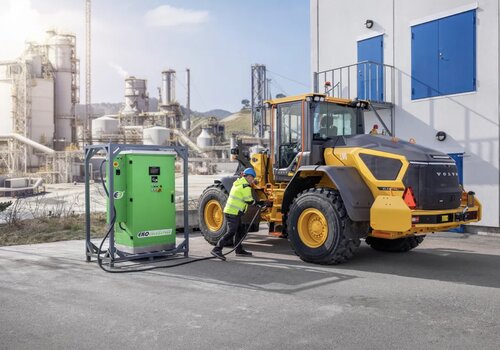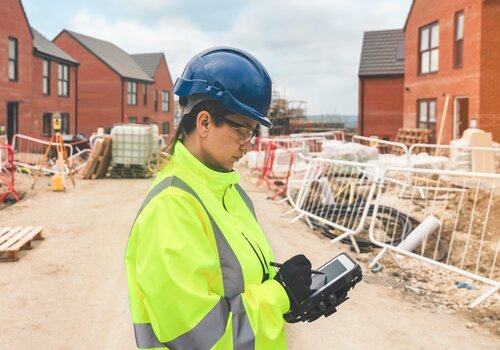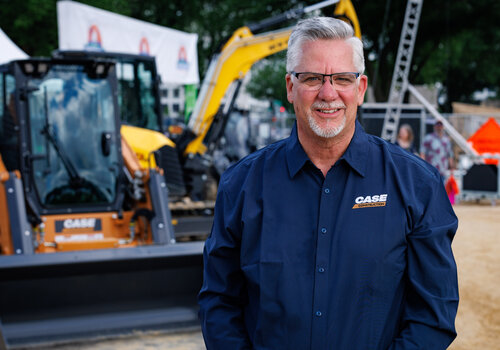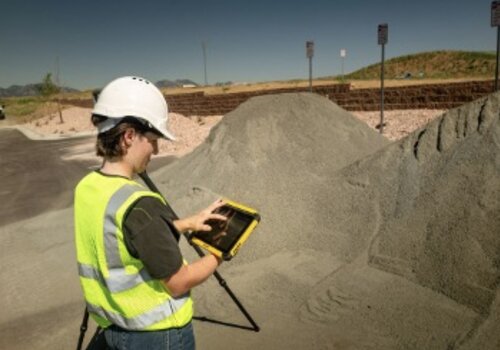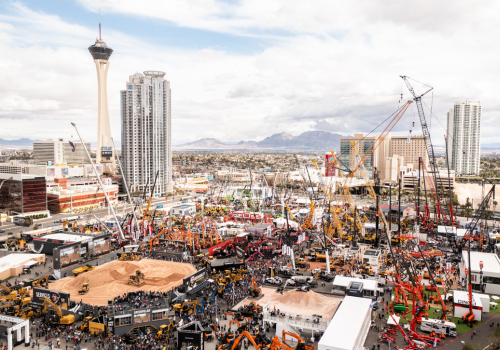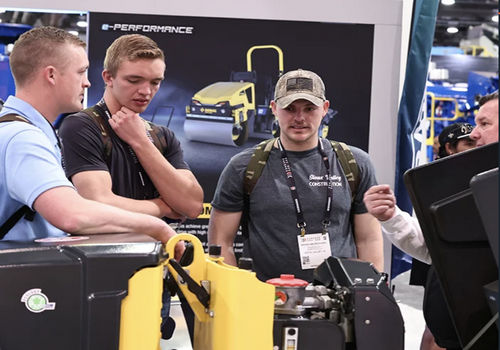Crime on construction sites is a growing problem for the industry across the world. In 2020 alone, the United Kingdom saw a 50% surge in crime, and the United States experienced similar growth. Theft, vandalism, asset misappropriation, trespassing and other crimes cost contractors millions of dollars each year, which leads to contract delays and increases the project costs for everyone involved. The ease of access to artificial intelligence (AI), however, has allowed new technologies to improve jobsite security for reasonable costs. There are four categories of AI security technology that have seen the most innovation in recent years: AI-powered cameras, access control and authentication, predictive analysis and drone surveillance.
AI-Powered Cameras
Video surveillance has long been a part of a construction site’s security strategy, and AI has enhanced its ability to prevent crime. Prior to widespread implementation of AI in video surveillance, a security official or business owner would have to review footage to identify potential breeches in worksite security. However, AI-powered cameras along with the software that works with them have completely automated detection.
On a construction site, AI allows video surveillance to use established virtual perimeters and predefined boundaries to identify “unauthorized access attempts or any suspicious activities within the site.” When these suspicious activities occur, the software sends you a notification informing you of the potential threat, which lets you know to check the cameras and, if needed, contact authorities.
Access Control and Authentication
Access control and authentication is a larger-scale implementation of measures that determine who can enter a construction site, and AI makes the process more efficient. One of the most popular technologies that fall into the category of access control and authentication is biometric technologies. Facial recognition technology logs employees’ appearances in a central system and eliminates the need for physical badges or entry cards. Because facial recognition technology is so new, errors are bound to occur, so it’s helpful to have manual options on-hand in the rare cases when it doesn’t work. But when working correctly, AI access control can process more than 10,000 construction workers, far more than any manual system.
Predictive Analysis
Predictive analysis leverages data and technology to anticipate risks on a construction site, including worker safety and worksite security. The AI predictive analysis system taps into other security systems to send automated alerts when unauthorized individuals approach the site or enter a restricted area. It then uses the data collets from these incidents to predict future risks and recommends methods by which to mitigate them. Some of the potential suggestions can include the most likely time for such security risks to occur, where to best station security officials and cameras, and what materials are most likely to be stolen and how to protect them.
Drone Surveillance
Increased demand and improved technology have decreased the cost of drone technology, with it averaging $530 in the United States in 2023. This more accessible price allows managers to get an ariel view of the activity on the worksite. Their bird’s eye view makes them extremely efficient at tracking equipment, ensuring that everything is stored properly, and nothing is left out for potential criminals to steal. And when equipped with night vision or infrared capabilities, drones act as nighttime patrols of a worksite. Drones access hard-to-reach areas that a human guard may struggle to patrol. If it catches thieves in the act, the drone’s video surveillance can be used to prosecute criminals.
New advancements are always coming out, and you should keep an eye out for what is best for your company. Not every worksite needs the same security systems, but with the abundance of AI technology available, you have an even better chance of finding the right match for you.
Photo credit: PRAMOTEBIGSTOCK/BIGSTOCKPHOTO.COM


